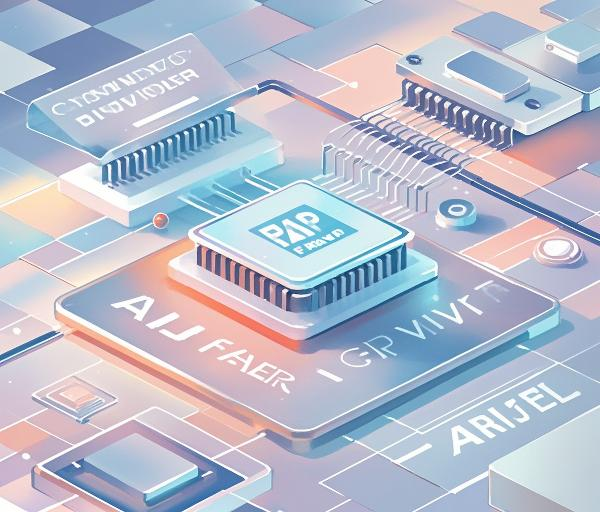
AI-Driven Semiconductor Market Enters New Growth Cycle
According to the latest industry data, the global semiconductor industry showed strong growth in 2024, with annual sales expected to reach $627 billion, a 19% year-over-year increase. This growth exceeds the previous forecast of $611 billion. Looking ahead to 2025, industry sales are expected to reach $697 billion, setting a new all-time high, and are on track to break the $1 trillion mark by 2030.
The main driver of this growth comes from the explosive demand in the generative AI chip market, including CPUs, GPUs, data center communication chips, memory, and power chips. It is estimated that in 2024, sales of generative AI-related chips exceeded $125 billion, accounting for over 20% of global total chip sales. In 2025, this figure is expected to exceed $150 billion. AMD CEO Lisa Su predicts that by 2028, the total addressable market for AI accelerator chips will reach $500 billion, a figure that even surpasses the sales of the entire chip industry in 2023.
Challenges and Opportunities Facing the Industry
Despite the tremendous growth brought by generative AI chips, these high-value chips still represent a small proportion of global wafer production. In 2023, nearly a trillion chips were sold worldwide at an average selling price of about $0.61 per chip. It is estimated that while generative AI chips may account for 20% of revenue in 2024, they constitute less than 0.2% of global total wafer volume. This imbalance means that wafer capacity and utilization rates across the industry are not as high as they might appear on the surface.
Geopolitical tensions and supply chain resilience are also key areas of industry focus. Regional conflicts can affect the flow of important materials and inventories, disrupting demand planning for semiconductor companies. In 2024, Hurricane Helene briefly shut down two mines in North Carolina, which are the main sources of ultra-high-purity quartz globally, with quartz crucibles being key components in the chip manufacturing process.
Innovation in chip design is also accelerating. By 2025, the "shift left" approach will receive more attention, a method that brings testing, verification, and validation forward to earlier stages in the chip design and development process. Advanced AI capabilities, such as graph neural networks and reinforcement learning, will continue to help design chips that are more energy-efficient than typical chips produced by human engineers.
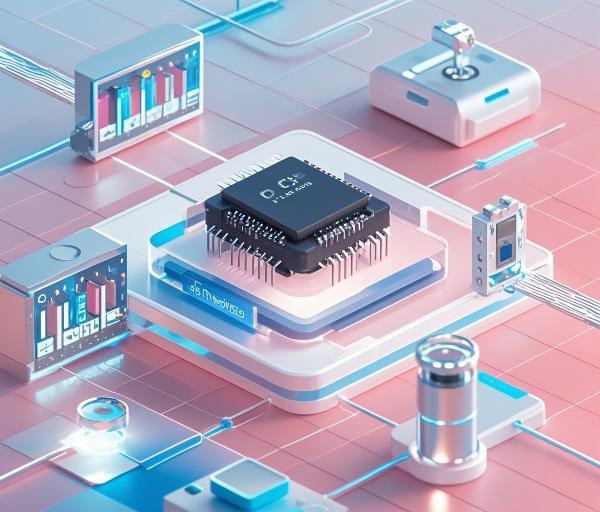
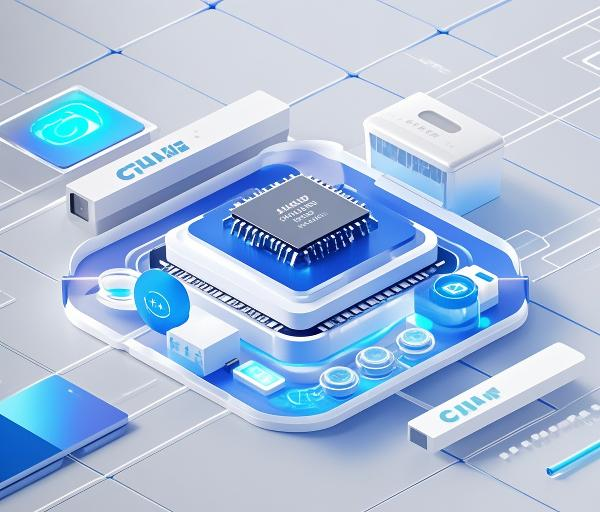
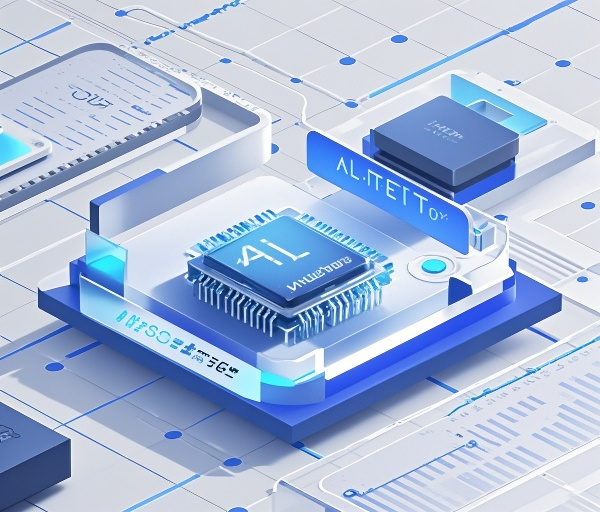
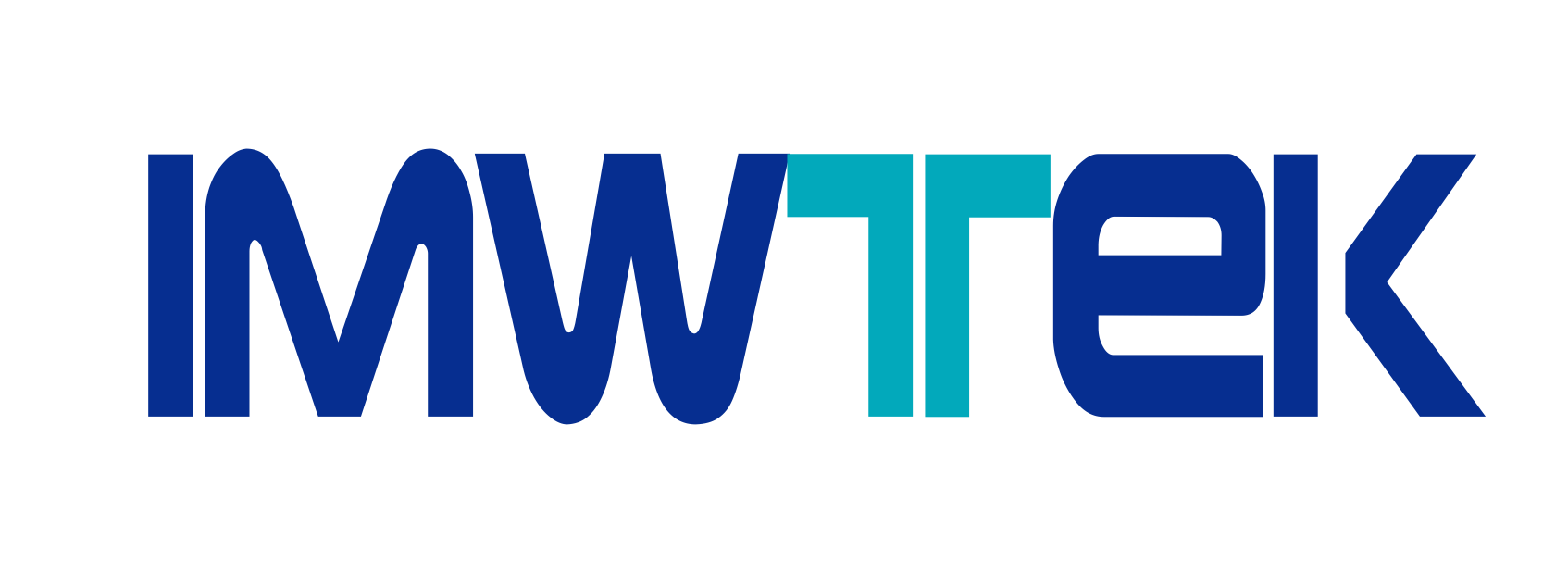

 GD ICP No. 2022030985-2
GD ICP No. 2022030985-2